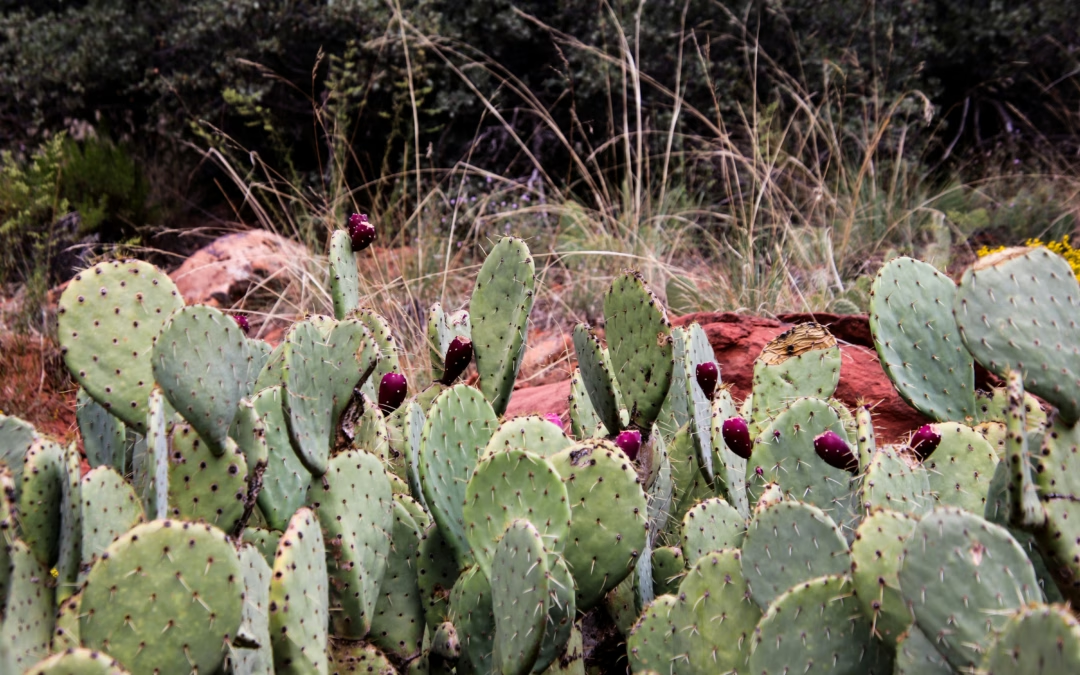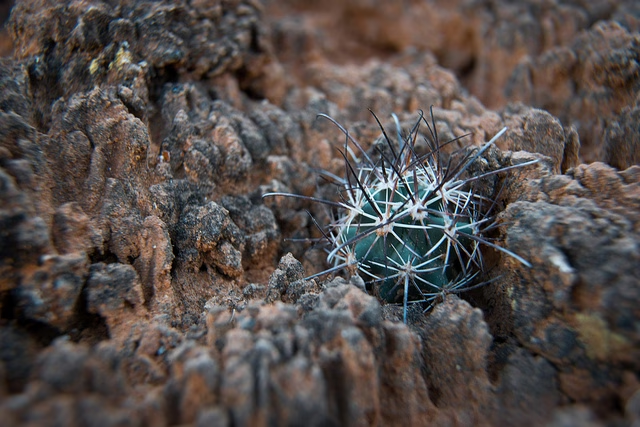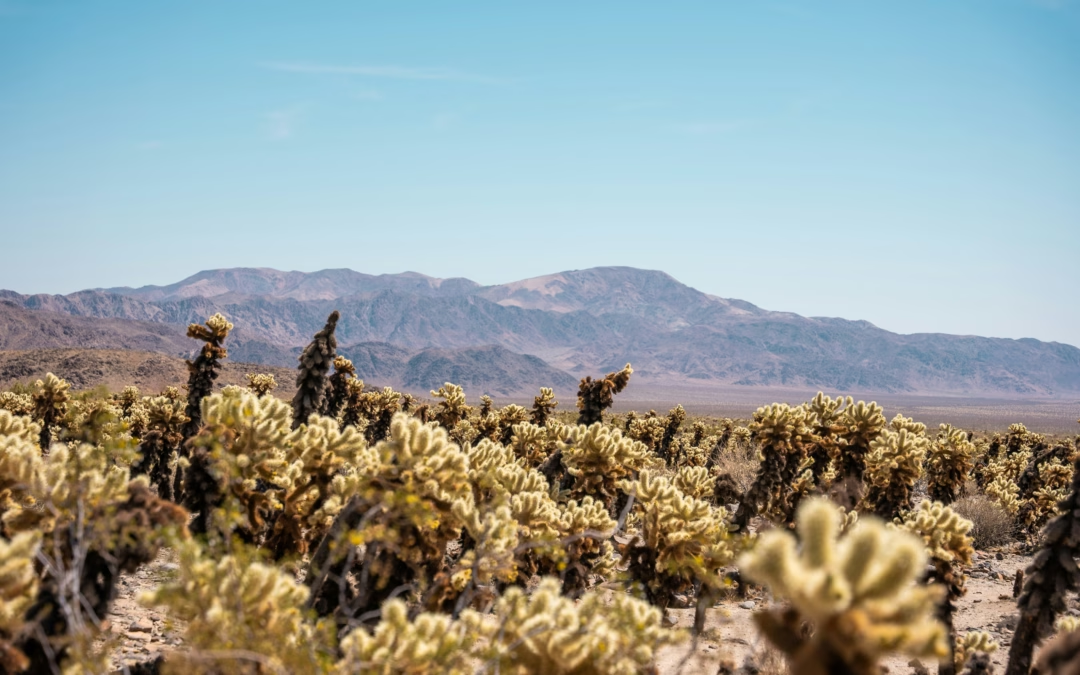
by Kevin Berend | Aug 26, 2025 | Newsroom, Science From The Steps
Often, we think of plants as inherently inert objects, composing the static background of the environment and incapable of movement, interaction, or influence. However, for one plant this notion could not be further from the truth. In fact, it may just have explored...

by Kevin Berend | Jul 30, 2025 | Newsroom, Science From The Steps
In recent years, climate change research has indicated that some of Earth’s most climatically extreme environments—ice caps, rainforests, and the high, arid deserts of the Colorado Plateau—may be most at risk of rapid, irreversible change. Though the ecosystems of...

by Kevin Berend | May 1, 2025 | Newsroom, Science From The Steps
Biological soil crusts (aka biocrusts) are a thin surface layer composed of mosses, lichens, fungi, and cyanobacteria that grow on loose, dry soils worldwide (about 12% of land surface). An important ecological component of dryland ecosystems, biocrusts hold soil in...

by Kevin Berend | Feb 24, 2025 | Newsroom, Science From The Steps
Water and air do not adhere to lines drawn on a map. Plants and animals do not respect man-made boundaries, and often require much larger areas than we allow. As climate change continues to alter the behavior of wildlife and the function of ecosystems, connectivity...

by Kevin Berend | Jan 29, 2025 | Newsroom, Science From The Steps
In its ancient past, Mars is believed to have had a similar climate to Earth, even flowing water at one time. Recent rover expeditions have targeted areas where water flowed across the surface, in search of evidence of past life. Scientists hope that exploration of...







